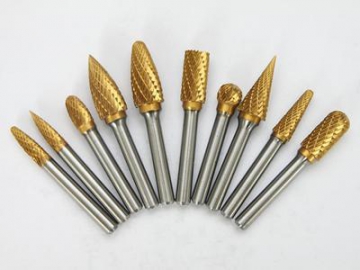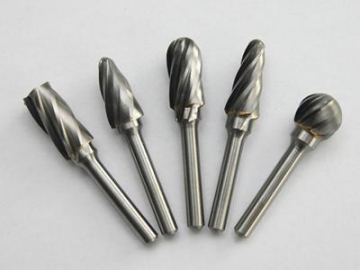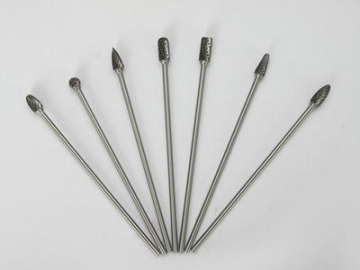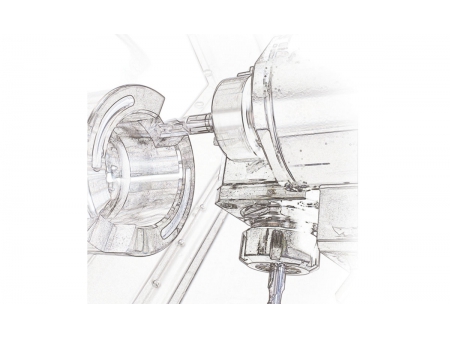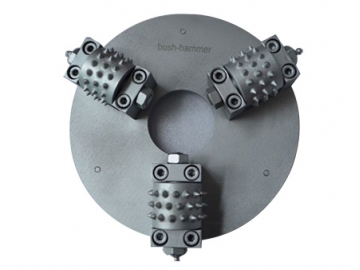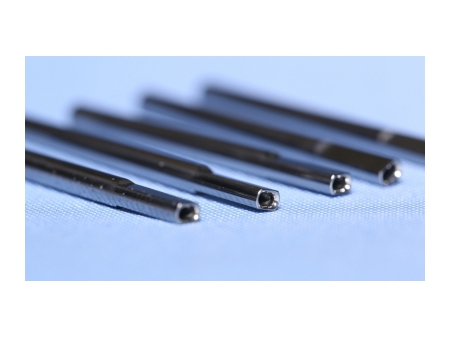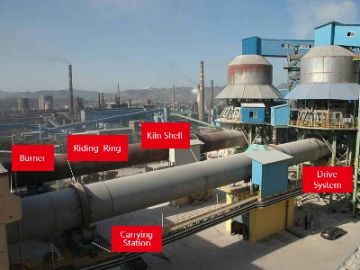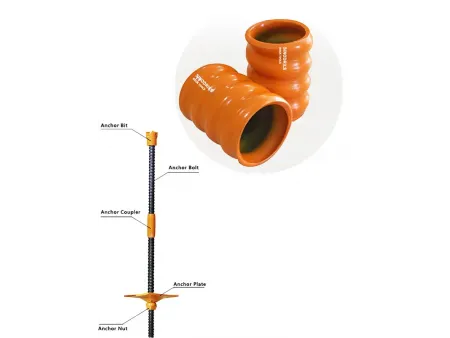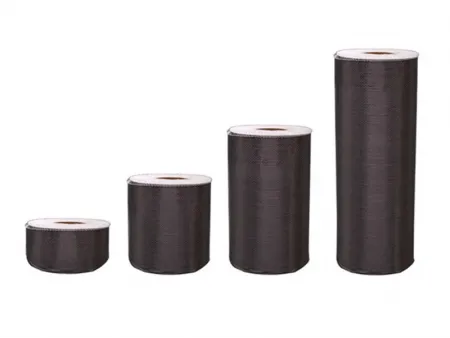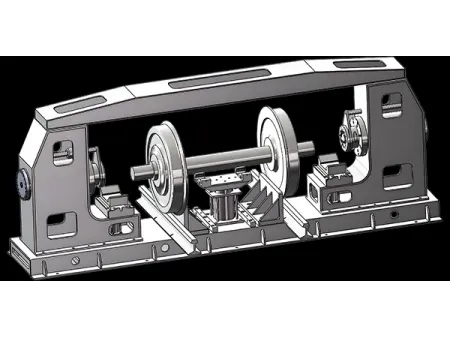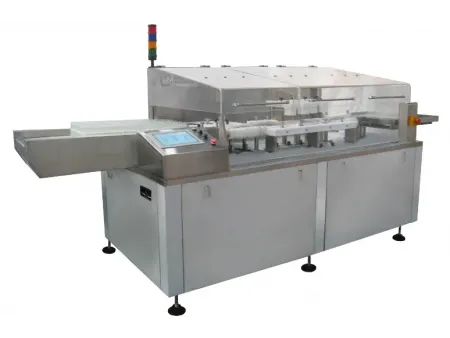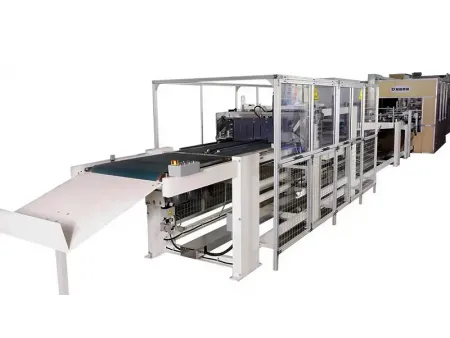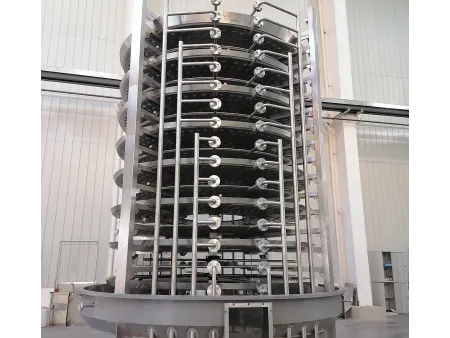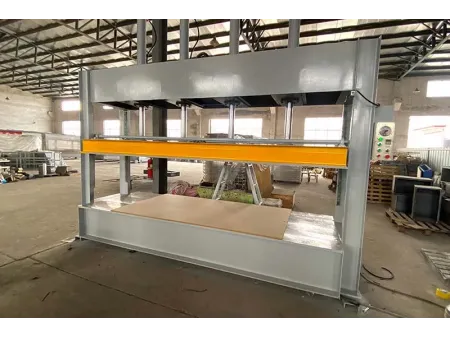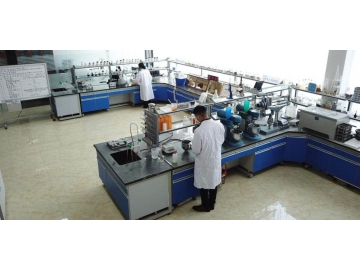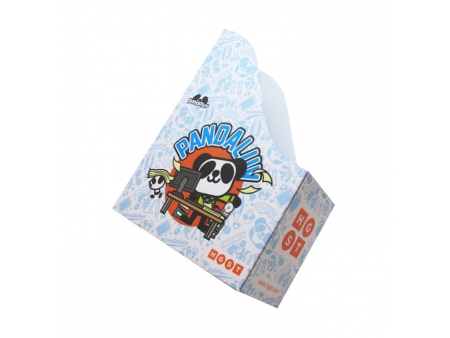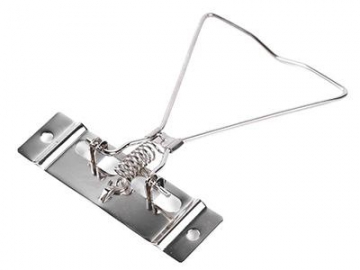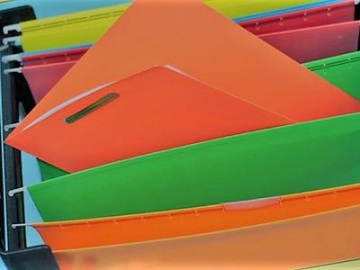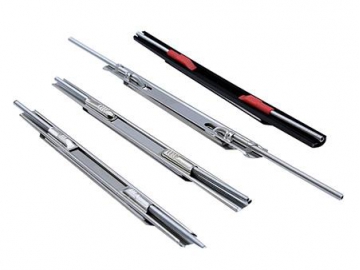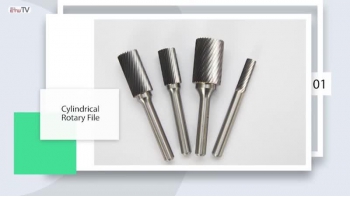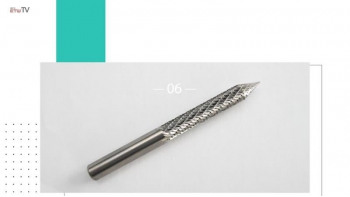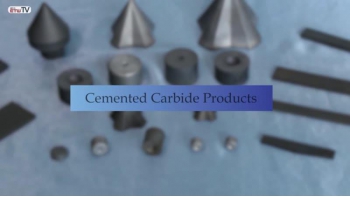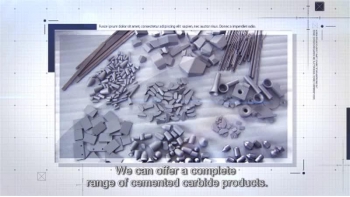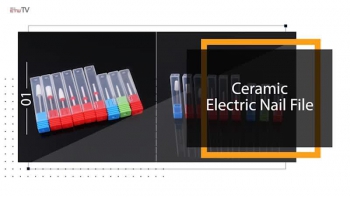Carbide Rotary File Development
This product has been discontinued and removed from our shelves.
In 1923, German scientist Karl Schroeter added 10% - 20% Co as an adhesive into WC powder to create a new alloy, the hardness of which is just below diamond when measured. It was the first artificially synthesized cemented carbide. However, the cutter made of this kind of tungsten carbide can be brittle, sometimes the cutting edge would crack. Then, in 1929, American scientist Schwartzkopf added a mixture of carbides WC-TiC into the original formula to improve the property of cutting steel.
Tungsten carbide takes advantages of outstanding properties such as high hardness, wear resistance, corrosion resistance and so on. Its high hardness and wear resistance can almost maintain stability at temperatures as high as 1000 ℃ and 500 ℃ respectively. Tungsten carbide is widely used as a cutter material, for example, lathe tools, milling cutters, planer tools, drill and boring tools are often fabricated from tungsten carbide. Common materials such as cast iron, nonferrous metal, plastic, chemical fiber, graphite, glass, stone and common iron or difficult-to-cut materials such as heat-resistant steel, stainless steel, hadifield steel and tool steel can all be machined by tungsten carbide cutters. Nowadays, the cutting speed of newly cemented carbide cutter is one hundred times than that of carbon steel cutting tools.
Carbide rotary file can be applied to the manufacturing of rock drilling tools, excavator tools, drilling tools, measuring equipment, wear parts, metal grinding tools, cylinder liner, precision bearing, nozzle, hardware moulds (drawing dies, bolt mould, nut mould and kinds of fastener moulds). The superior properties of cemented carbide promotes substitution of iron molds gradually.
Coated cemented carbides have been somewhat recently developed. Sweden successfully prepared TiC coated cutters in 1969. The blade is made of tungsten carbide-titanium carbide-cobalt alloy or tungsten-cobalt cemented carbide, coating with a micron thick TiC layer. The service life is expected to be three times and cutting speed increases 25% - 50% compared to identical trademark carbide cutters. The fourth generation of coated cutters emerged in the 1970s and can be used to cut difficult-to-machine materials.
